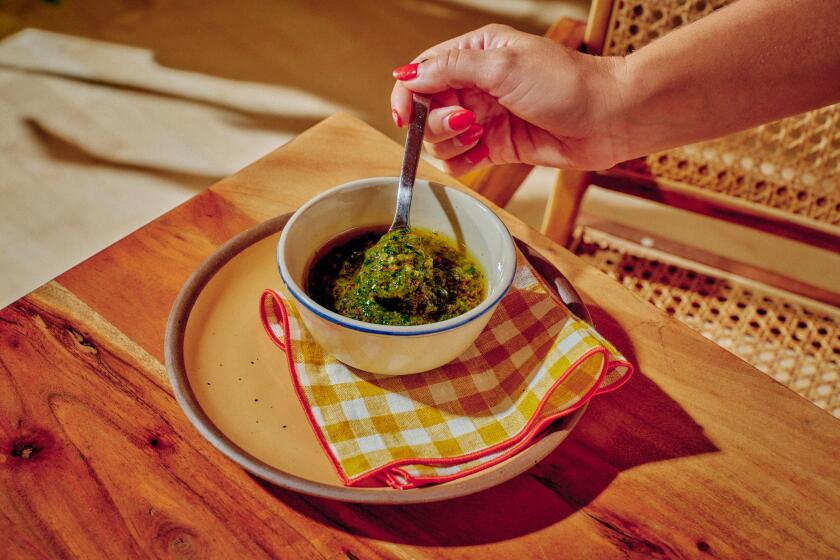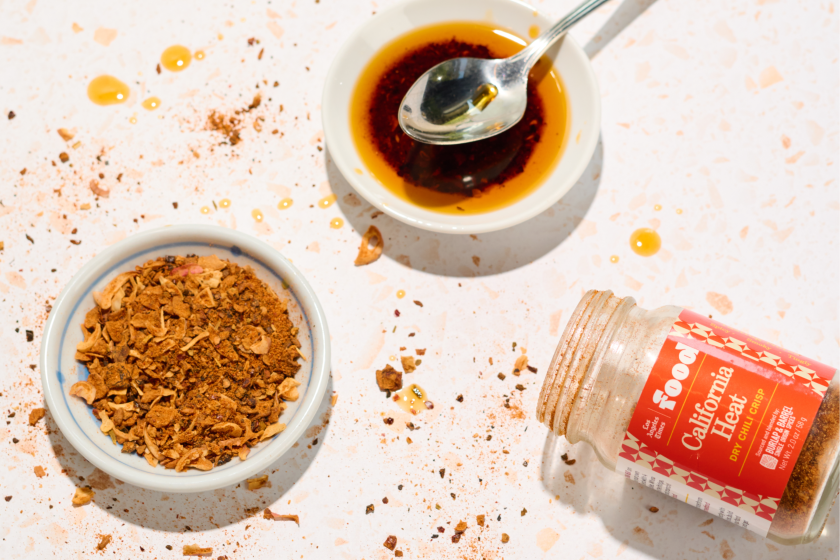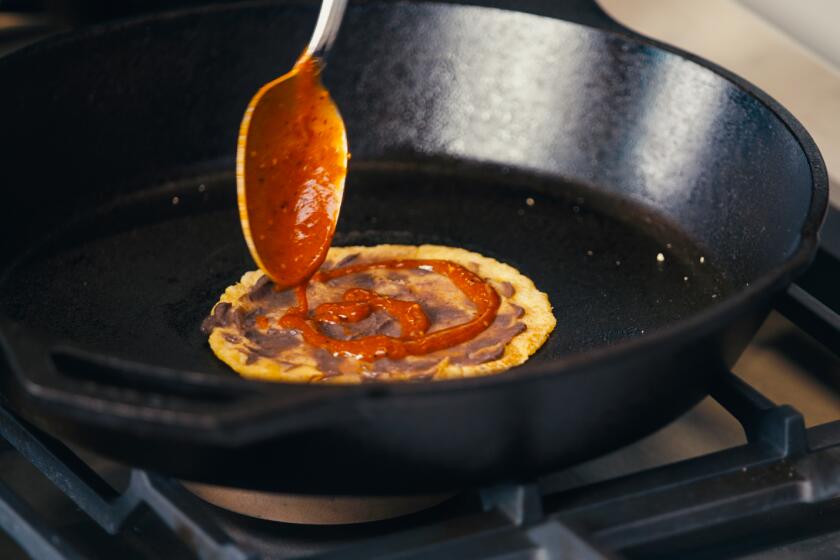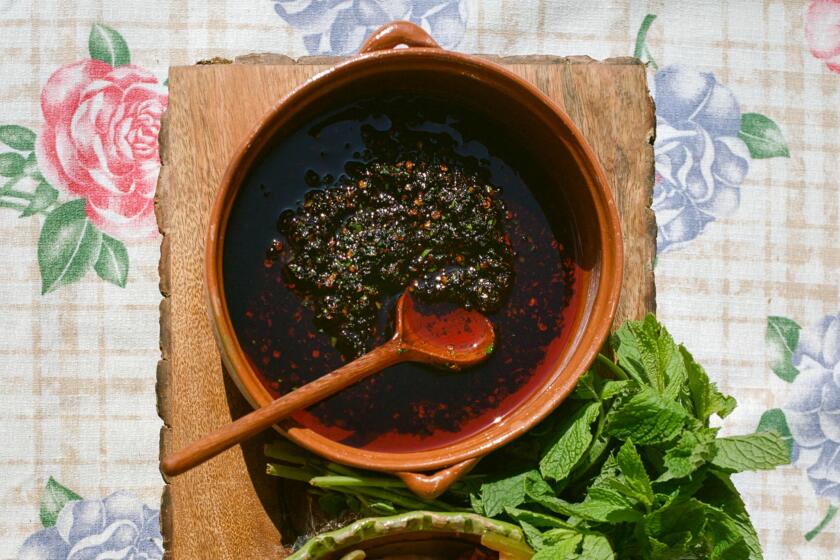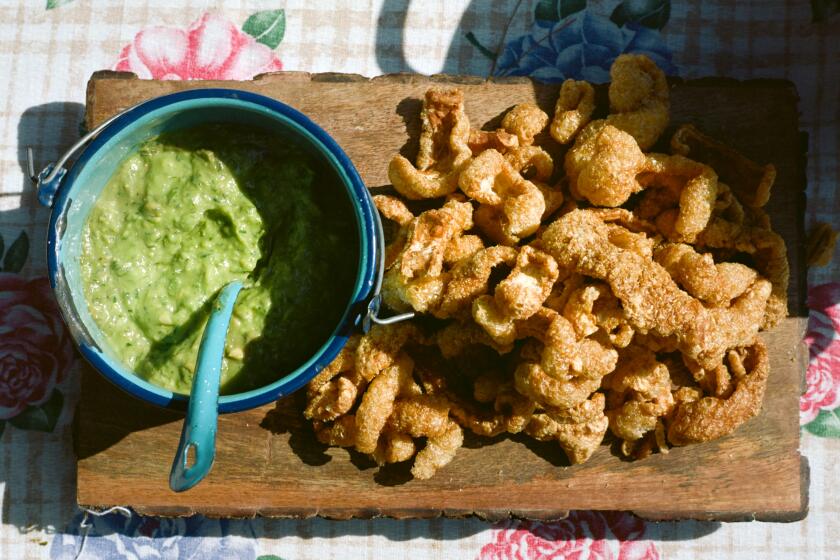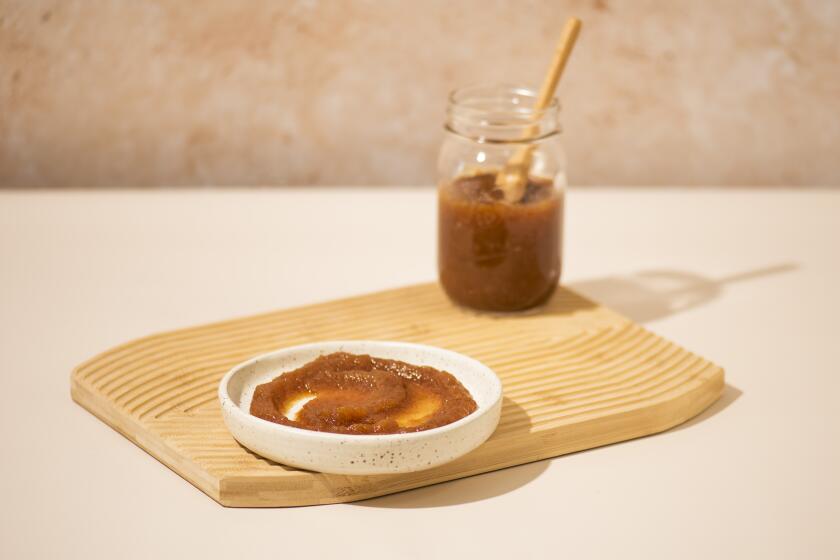Roast brisket filling

An American Jew in Italy will inevitably find cause to contemplate one of the food worldâs great injustices: Why do ravioli get to be so delicious while kreplach are usually only endurable?
Sometimes called Jewish ravioli, kreplach are the soup dumplings of Ashkenazic Jews. They are triangular pockets of dough, usually filled with chopped meat and spices and served in chicken soup. Sometimes they are fried and served with onions and sour cream.
Generations of bubbies (grandmothers) with thick fingers and not a whole lot of leisure time have made them with a too-thick dough, causing them to become objects of fear and ridicule in some circles, and particularly to small children. It doesnât help that they also have a hilarious name.
To remedy the situation, who better to call upon than Don Dickman, a man of the tribe with a passion for the cuisine of Northern Italy? At Rocca, his former restaurant in Santa Monica, the chicken liver ravioli was silky on the outside and bursting with intense flavor within.
Last year, Dickman caused a Passover sensation when he arrived at a friendâs Seder bearing chicken soup. He had introduced the distinct earthiness of black truffle paste and anchovy into the neutral medium of the matzo ball, a surprise coupling that blew the guestsâ minds.
His friends, Karen Stabiner and Larry Dietz, say matzo balls will never be the same again. This year, they were only too happy to host Dickmanâs Hanukkah experiment with classic Jewish cuisine -- in this case, chicken soup with kreplach that could honestly be described as delicious and nuanced.
In a repeat of his Passover triumph, Dickman created two holiday kreplachs that are so divine one hesitates to call them kreplach. The chef uses his study of Italian cuisine to make a dough that is more delicate than what one might normally associate with kreplach but tough enough to protect its contents against the boiling water for which the uncooked dumpling is destined.
The boldly flavorful fillings -- chopped liver and brisket -- are both original and respectful of traditional holiday fare.
âKreplach is a peasant food,â Dickman points out. âItâs hearty on purpose. Like ravioli, it enables you to take a small amount of relatively expensive food -- the meat filling -- and stretch it out, while at the same time turning it into something sublime.â
Using a heavy-duty KitchenAid mixer, Dickman combines his egg and flour for the dough into a crumbly mess. âIt doesnât look like itâs going to stick together, but it will,â he says. (If you donât have a mixer with a dough hook, Dickman suggests a manual method of slowly introducing the eggs and oil into a âwellâ formed in the center of the flour.)
Then he kneads the dough -- which is already expanding and contracting as if it were breathing -- pushing it hard with the bottom of his palm.
He covers it with a cotton towel for half an hour, in which time, he says, the moisture will be absorbed correctly by the flour.
Then itâs time to roll the dough through an attachment to the mixer called a pasta roller, which Dickman refers to as âthe greatest thing ever invented.â While manually feeding the dough into the roller, causing it to come out the other end in wide yellow ribbons, he discusses one of the miracle byproducts of Jewish cooking, gribenes. Gribenes are cracklings, the bits of chicken skin left from rendering schmaltz, or chicken fat.
Heâll use these fabulously delicious crisps to enhance the kreplach with the chicken liver filling. âPeople who donât like gribenes are just not hip to the jive,â he says.
Dickman sends the pasta through the pasta roller three times, until he gets it thin enough. âIt canât be too thin because then it will explode in the soup,â he says. âBut you want it thin enough so that you can see the filling through the skin.â
On the mixerâs pasta roller, the third from the thinnest setting extrudes the perfect kreplach dough. (If using a regular pasta maker, also roll it through three times on progressively thinner settings; the final setting should be 6.)
Laying the rolled out pasta on a board, Dickman trims the edges with a cookie cutter, making a perfect rectangle, which he brushes lightly with an egg wash. The cookie cutter is re-employed to section the rectangle into about 20 squares.
He carefully places a small teaspoon of the first filling into the center of one of the squares. âYou want to be able to close up the square without the filling spilling out,â he says.
Using his fingertips, Dickman gently presses the filling flat while folding the dough square into a triangle, like a hat for a tiny Napoleon. He takes care to squeeze out any excess air in the dumpling as he seals it at the corners by pressing with his fingers. âThis is not a moment at which you want to take phone calls,â he observes.
âThis might take a while,â he says, as he fills other triangles with the chicken liver and brisket fillings. âBut thereâs a Zen therapeutic value to standing here and doing this. Also, itâs a good project in which to enlist children. They have such small fingers.â
For the fillings, Dickman picked the foods he loved from his childhood while fashioning them to his own adult tastes. He enhances his brisket, for instance, with paprika and caramelized onions. There will naturally be some brisket leftovers when the stuffing of the kreplach has ended (maybe as much as three-quarters of a brisket).
Dickman suggests using it to make a sandwich the next day with horseradish and some good bread. Or you could serve it as a main course.
If youâre going to take the time to fashion homemade kreplach, you might as well make enough to freeze -- and it does freeze well. The recipe we provide makes 70 of the little darlings, which could easily serve 15 guests (we suggest four or five kreplach per bowl of soup). And it makes a nice surprise to give each guest two or three of each kind.
A lovely chicken broth provides a mellow base for the kreplach. Dickman studs his with sliced carrots from the stock (the way his mother used to do it).
With the filling just visible beneath the kreplach skin and a few sprigs of parsley or dill (dill is much more Jewish), this dish provides the culinary equivalent of a soul-soothing warm bath that smells fantastic. This is one kreplach that will not scare young children.
Mix the paprika, garlic powder, celery salt, onion powder and kosher salt in a bowl. Rub this spice mixture onto the brisket on both sides. Really rub it in there like you are massaging it. Cover and let chill overnight.
Heat the oven to 300 degrees. Heat a braising pan over high heat and add 3 tablespoons oil. When itâs smoking, add the brisket carefully and brown deeply, about 3 minutes each side.
Add one-half cup water and cover with a lid. Place in the oven, checking periodically to make sure the water has not boiled away, and roast 1 1/2 hours.
While the brisket roasts, heat a skillet and add the remaining 1 tablespoon oil and the onions and slowly caramelize, cooking on low heat, stirring occasionally, until golden brown, about 40 minutes. Set aside.
After 1 1/2 hours, add the onion mixture to the brisket. Cook another 1 1/2 hours until very tender.
Remove the brisket from the pan to cool. Cook the pan juices if necessary to reduce, until the onion mixture is thick and gooey. Set aside to cool to room temperature.
Pour off any grease from the onion mixture. Chop one-fourth of the brisket finely by hand (food processor will turn it into paste) and place it in a bowl, reserving the remaining brisket for another use.
Add the onion mixture, egg yolk, nutmeg and parsley. Season with salt and pepper.
Get our Cooking newsletter.
Your roundup of inspiring recipes and kitchen tricks.
You may occasionally receive promotional content from the Los Angeles Times.










